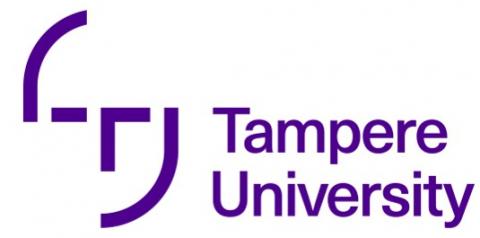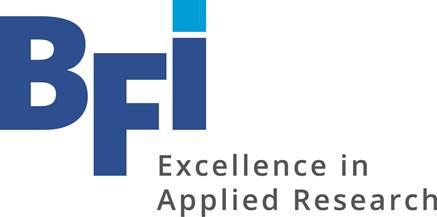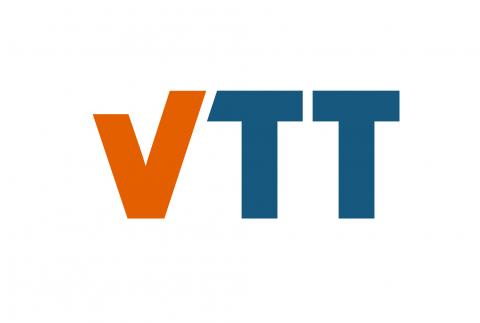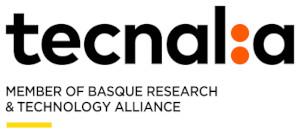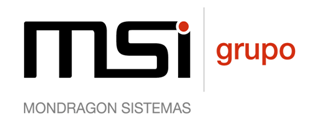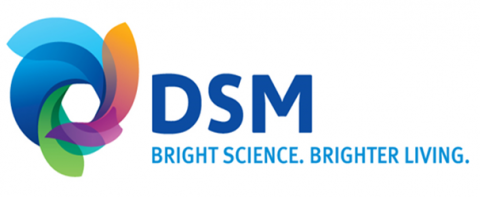Work Packages
The work is divided into seven work packages (WPs). The operational work packages (WPs 2-6) are designed as an iterative technological development and improvement process. While WPs 3, 4, and 5 are in parallel iterative interwoven with each other, WPs 2 and 6 are a consecutive process: preconditions (WP2) at the beginning and continuous co-creation and final validation (WP6) during the technological development process.
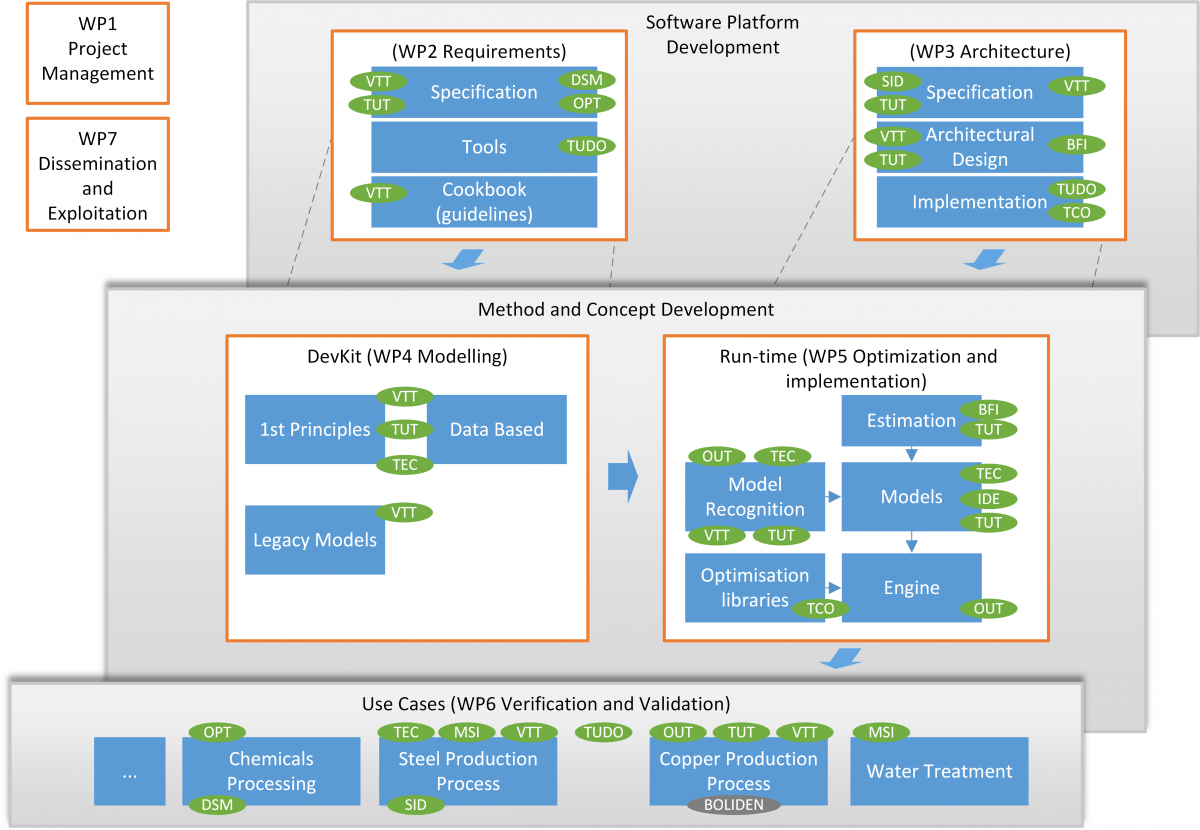
WP1. Management (Leader: TUT). Month 1 – Month 42
To manage the administrative, technical and financial terms of the project, monitoring compliance with the work of the overall project plans, the available resources and the timing in order to ensure the overall high quality of the project outcomes.
WP2. Requirements (Leader: IDENER). Month 1- Month 12
To properly define user case studies, system requirements, impact evaluation criteria and operator work and co-creation requirements:
WP3. Architecture (Leader: TUT). Month 5 – Month 24
To lay down the software architecture for the runtime system:
- To develop a generic architecture for the runtime system
- To define data models, repositories, interfaces and data flow for the common system
- To define data pre-processing methods
WP4. Modelling (Leader: VTT). Month 6- Month 28
- To develop simulation models of the case processes
- To set guidelines for modelling work when applied to processes other than the cases
- To produce a demonstration implementation of the development kit
- To define novel on-line sustainability indicators
WP5. Optimization and implementation (Leader: BFI). Month 6 – Month 36
- To define the sub-process and coordination level optimization problems for all use cases
- To implement the runtime system by implementing the selected methods
WP6 Co-creation, verification & validation (Leader: OUTOTEC). Month 28 – Month 42
- To ensure operator support and involvement via co-creation
- To test the runtime system
- To provide estimates of the benefits of the runtime system
WP7. Communication, Dissemination and exploitation (Leader: TECNALIA). Month 1- Month 42
- To ensure the maximum impact of the COCOP project through effective communication, dissemination, exploitation and IPR activities and to develop a structure to assure the continuity of COCOP after the project’s end.
- To assess the feasibility of transferring the COCOP concept/developments. Two levels will be addressed: 1) Transferability within the sectors involved in the project (to analyse the transferability of the project results to other plants of the same sectors where the COCOP project has been demonstrated; 2) Transferability to other sectors not involved in the COCOP project.





